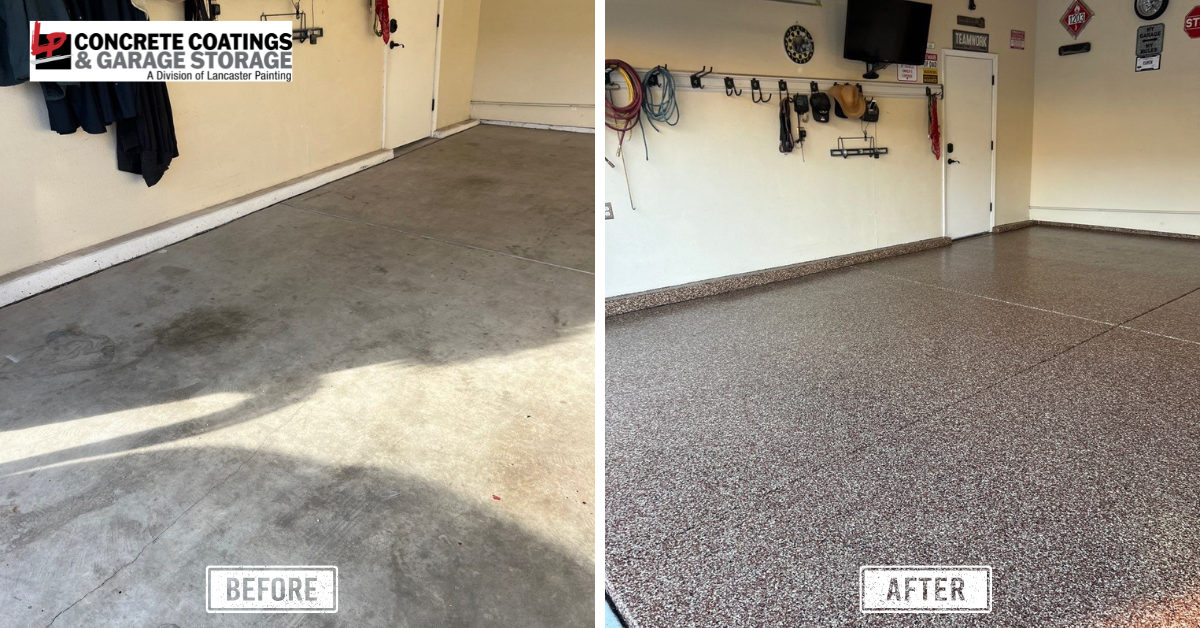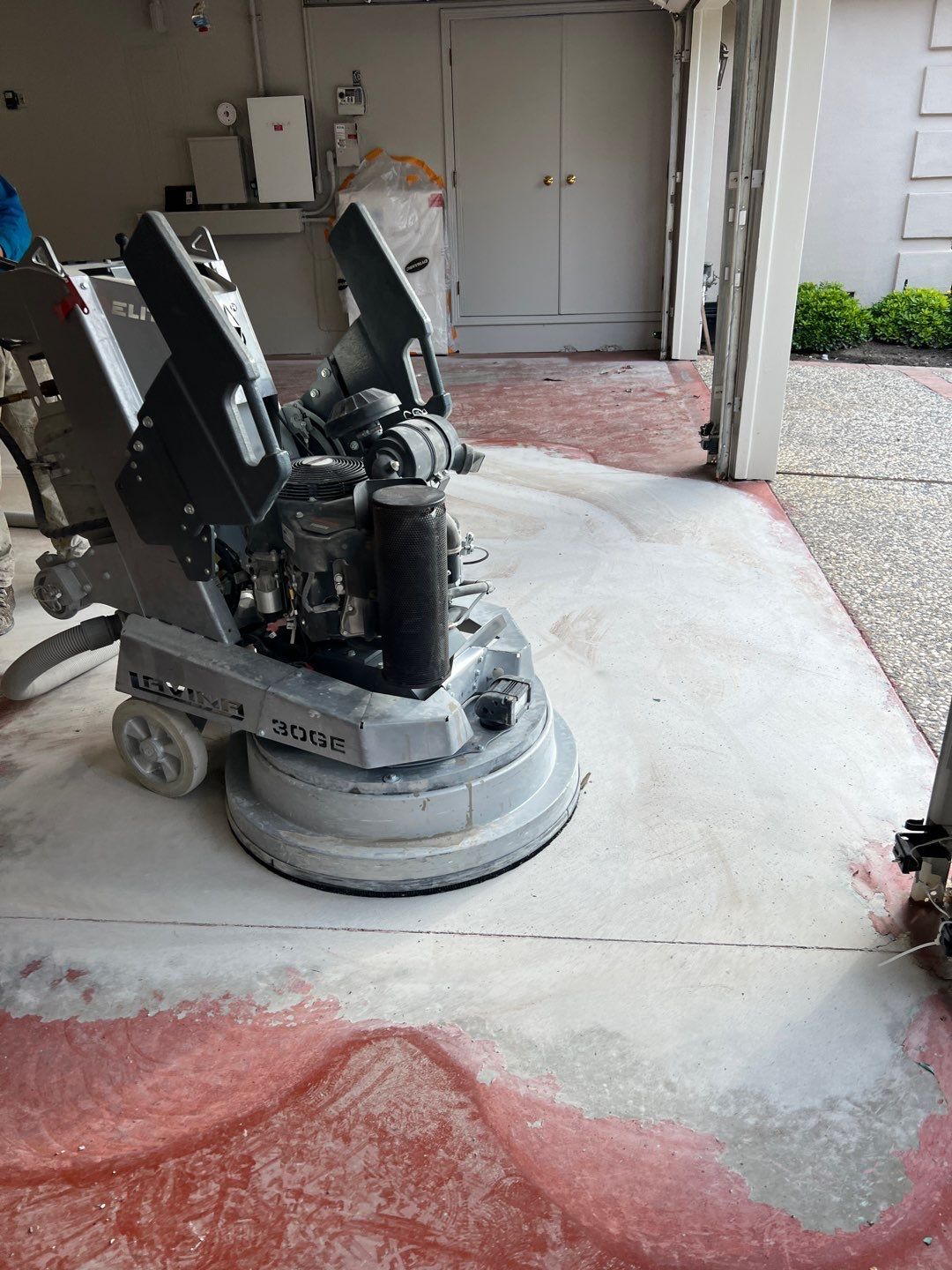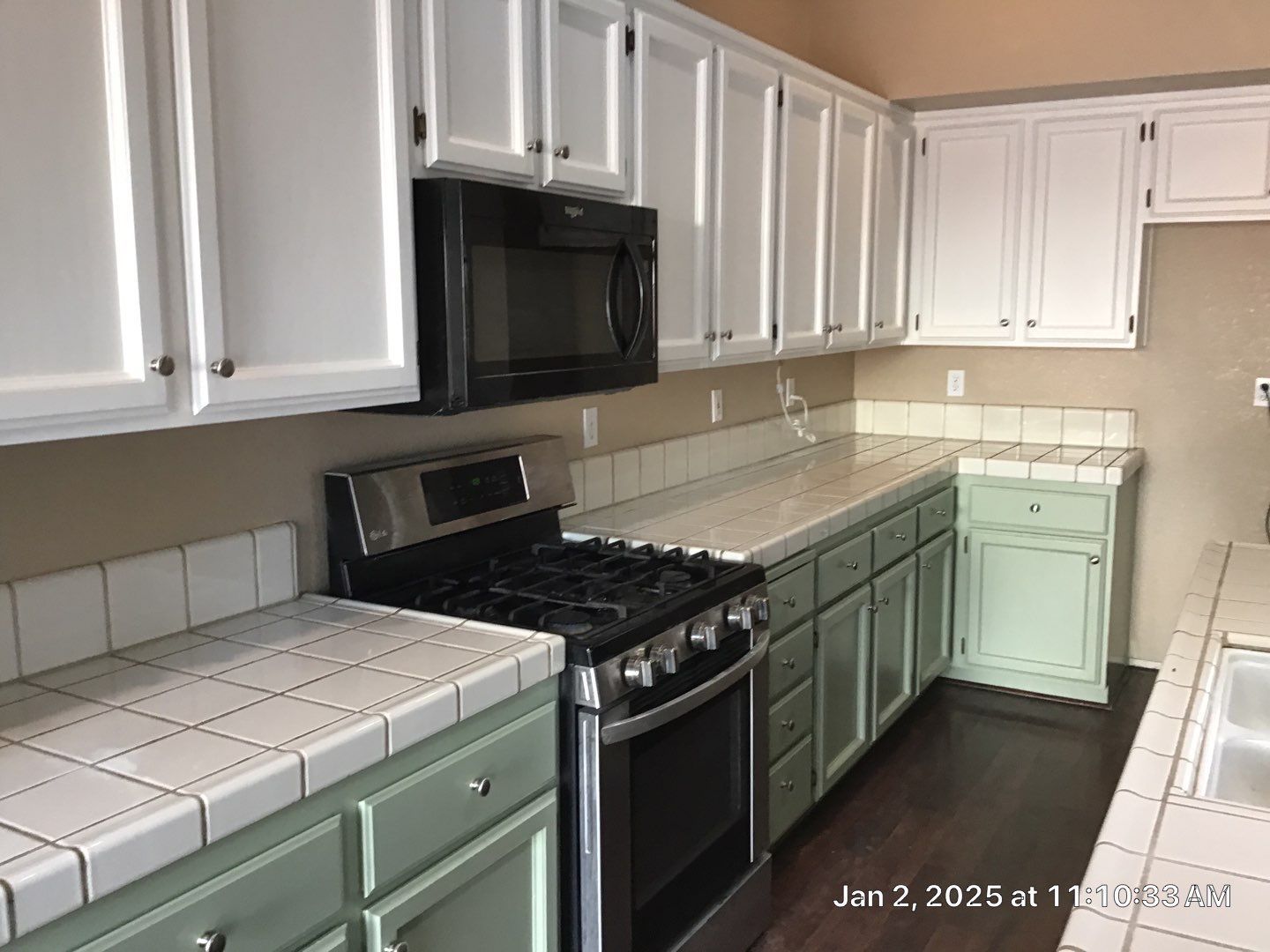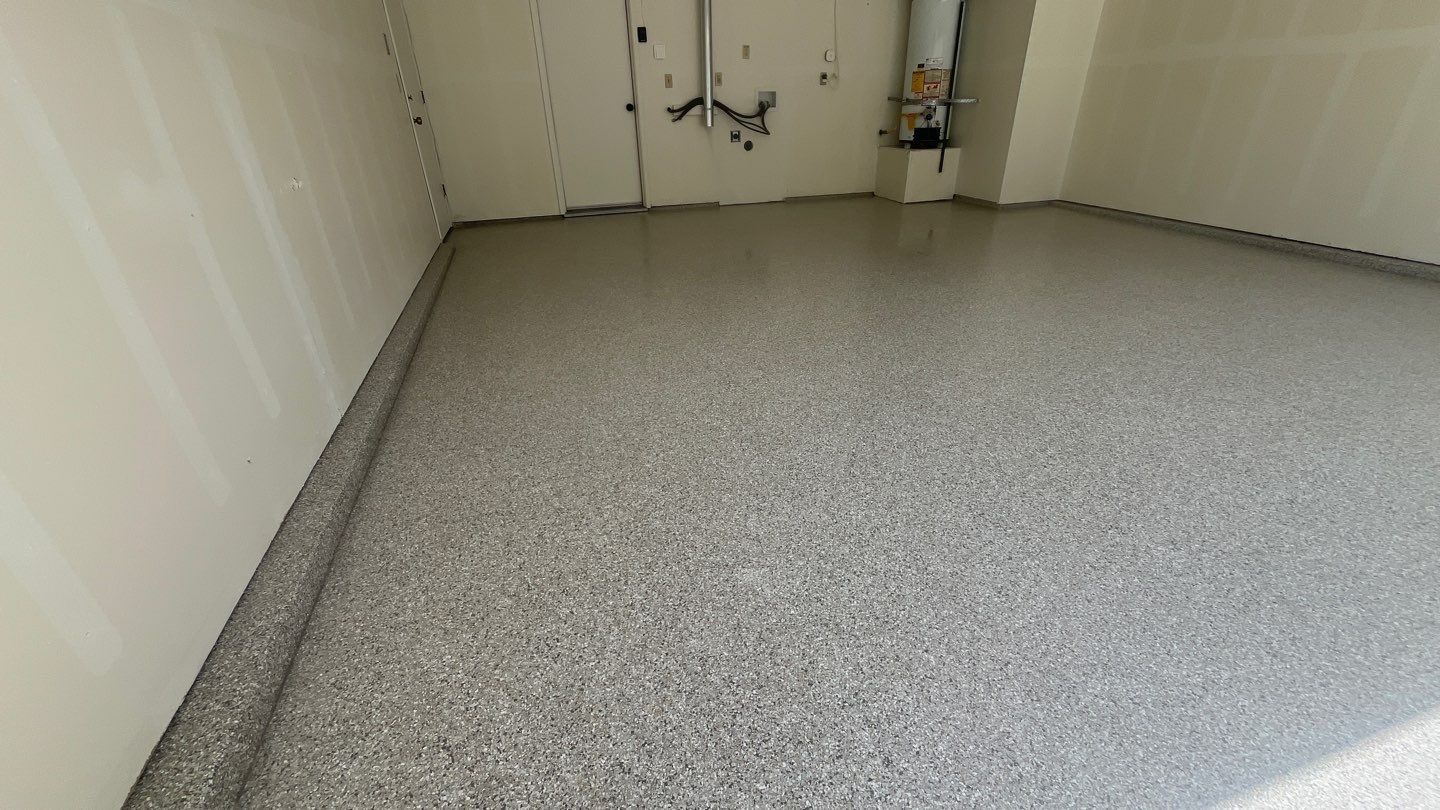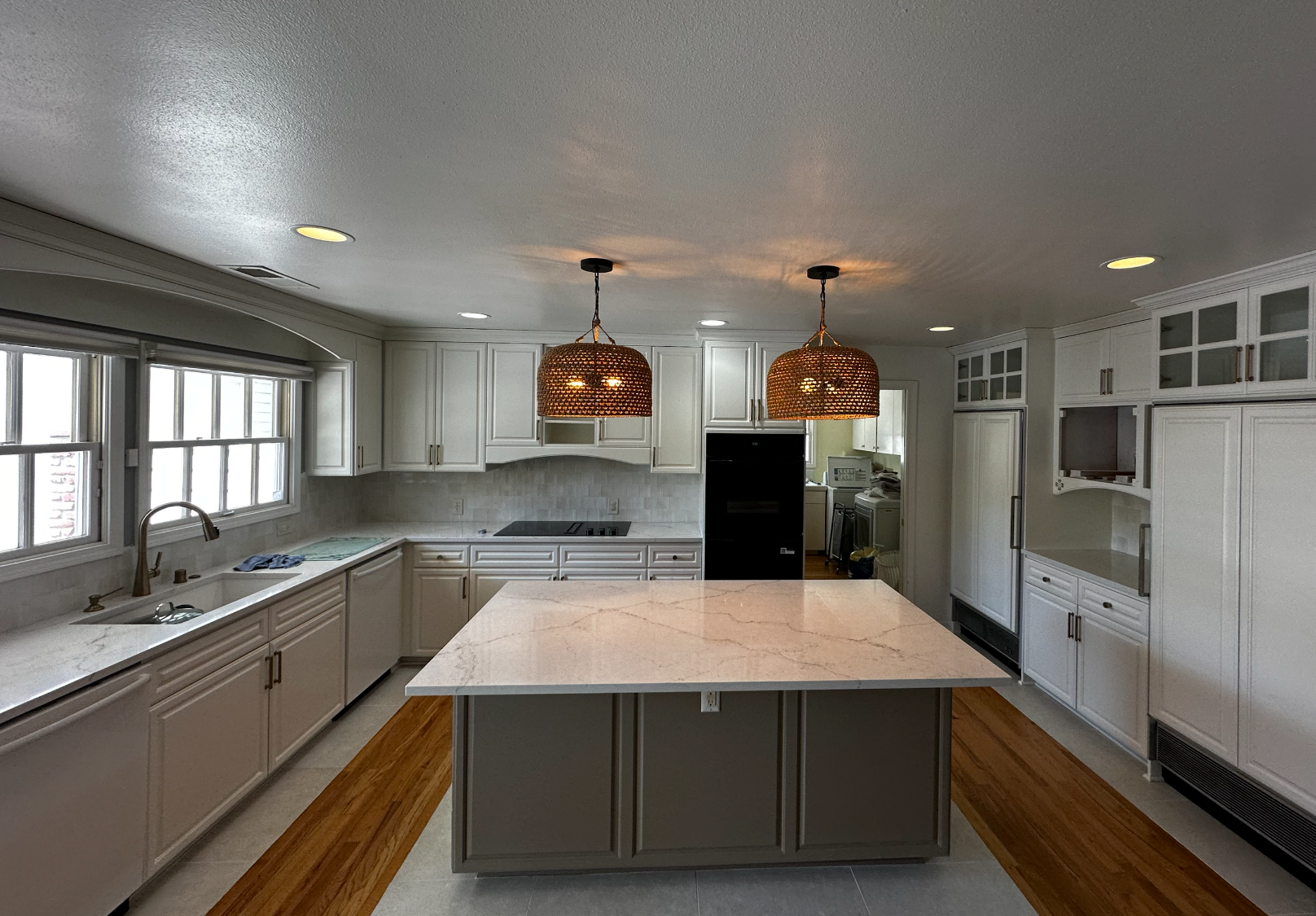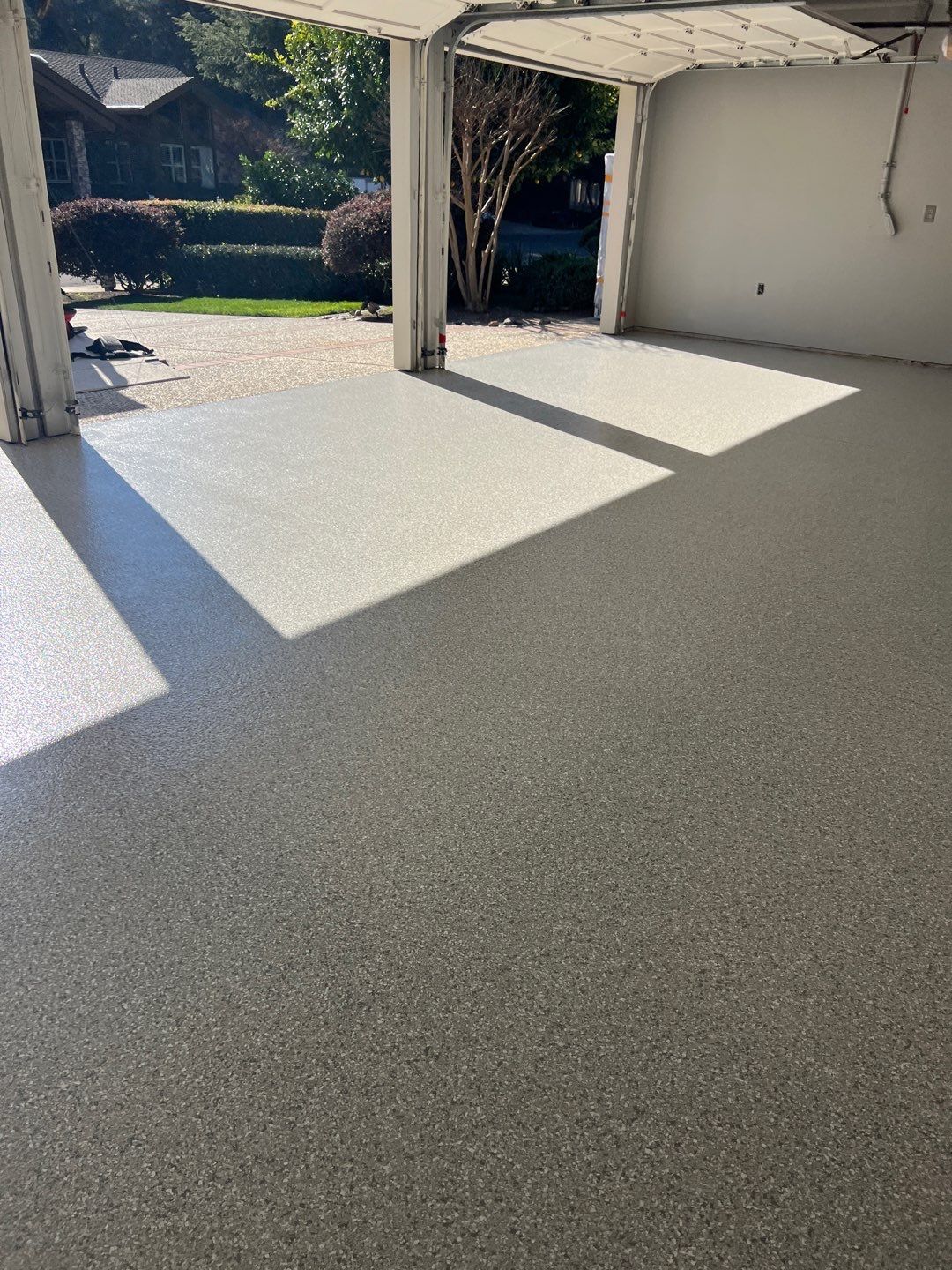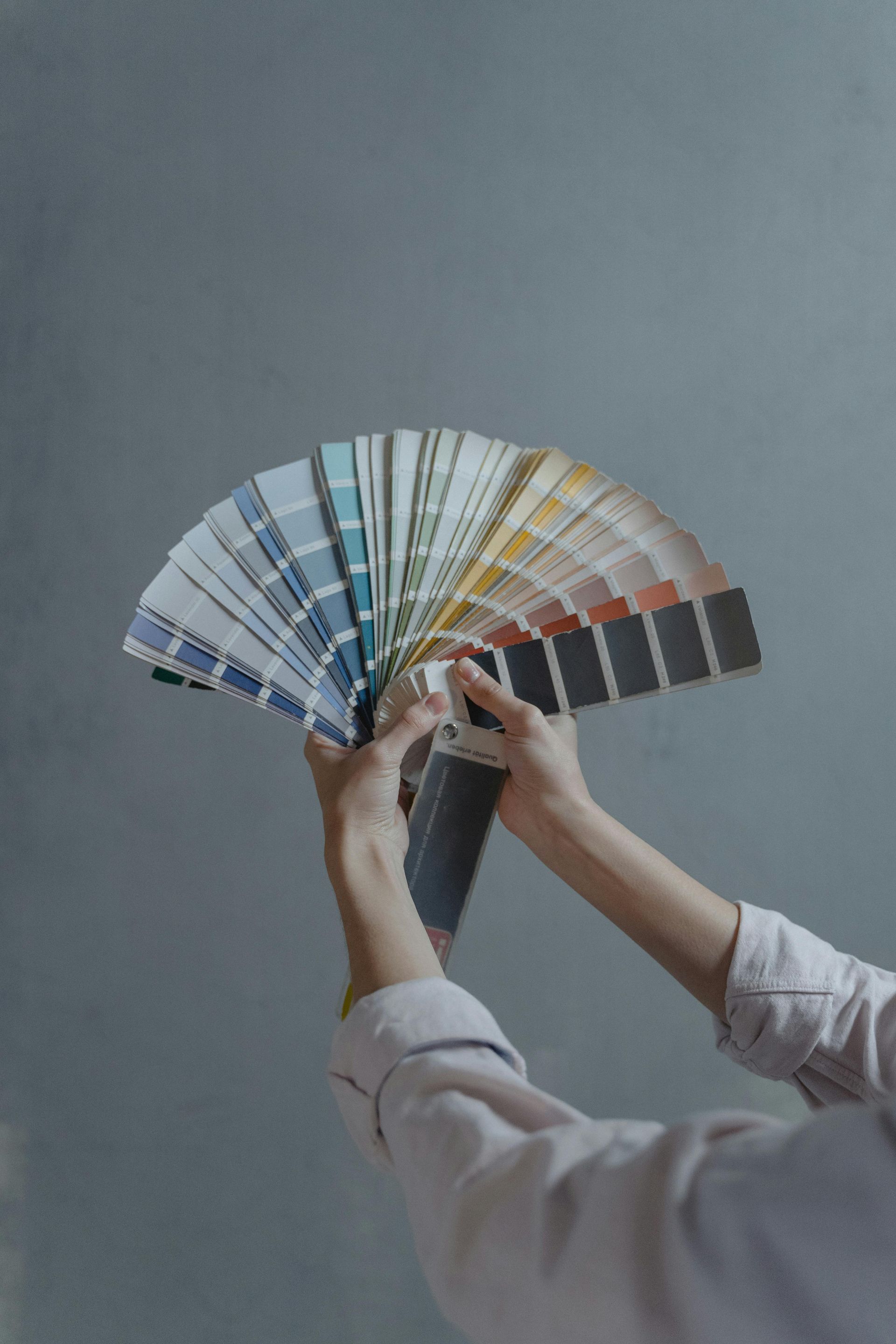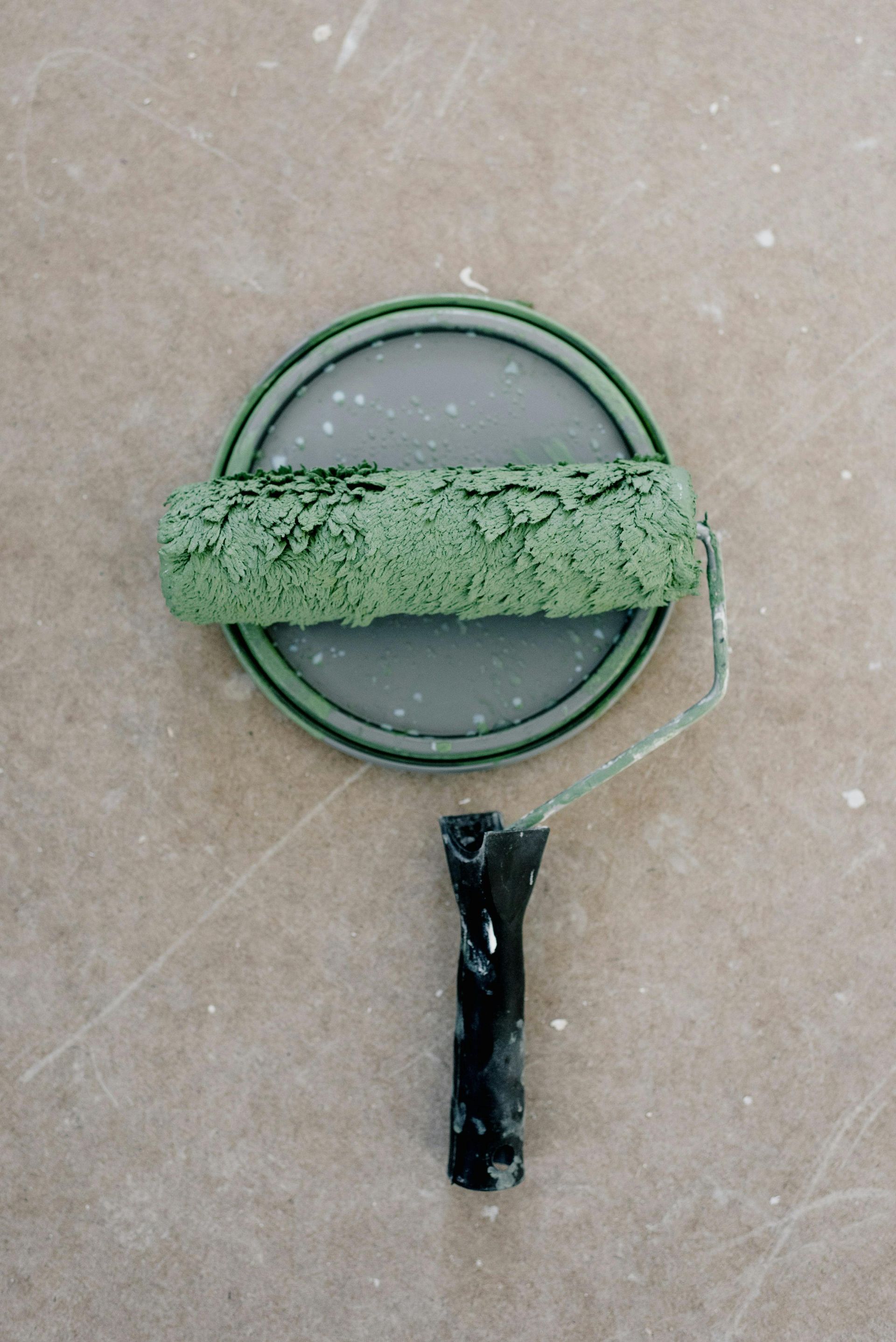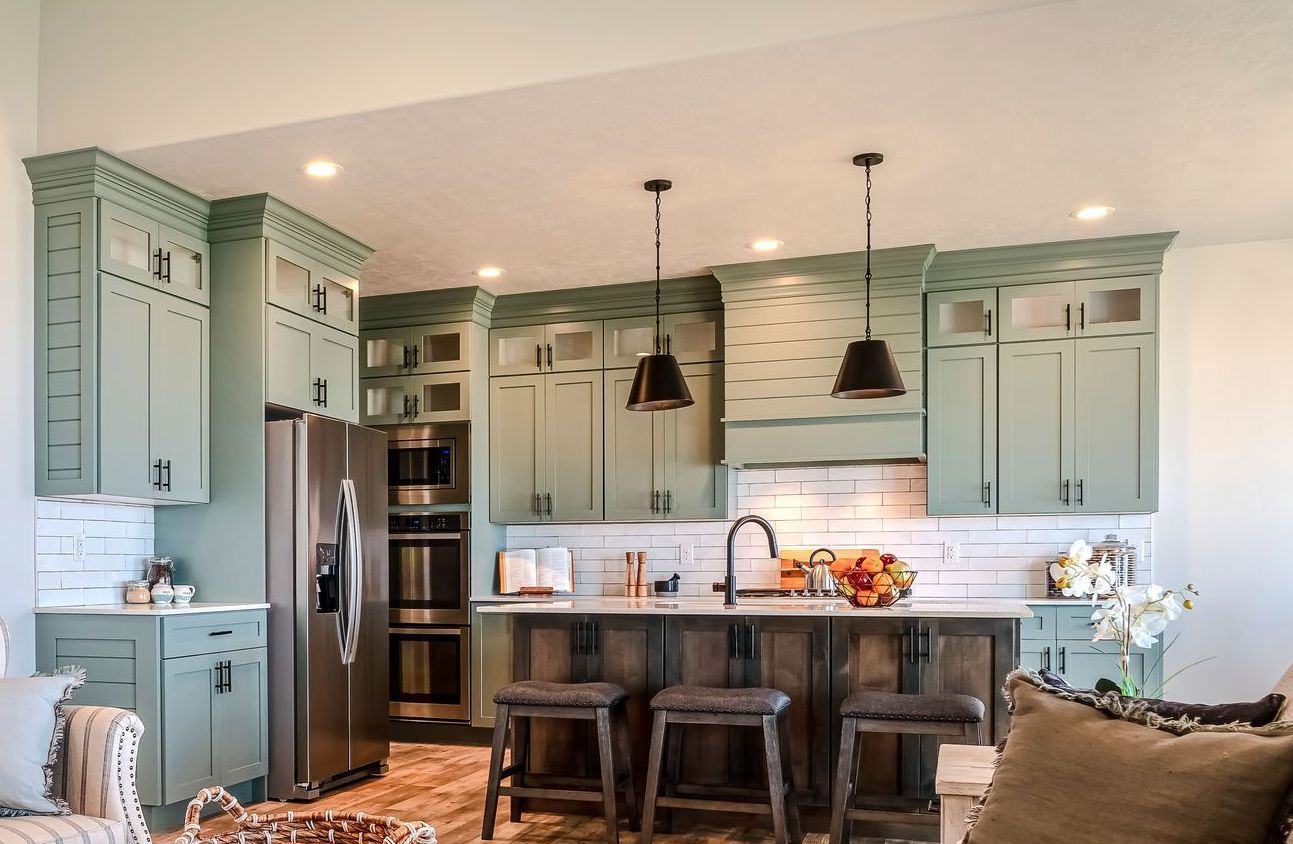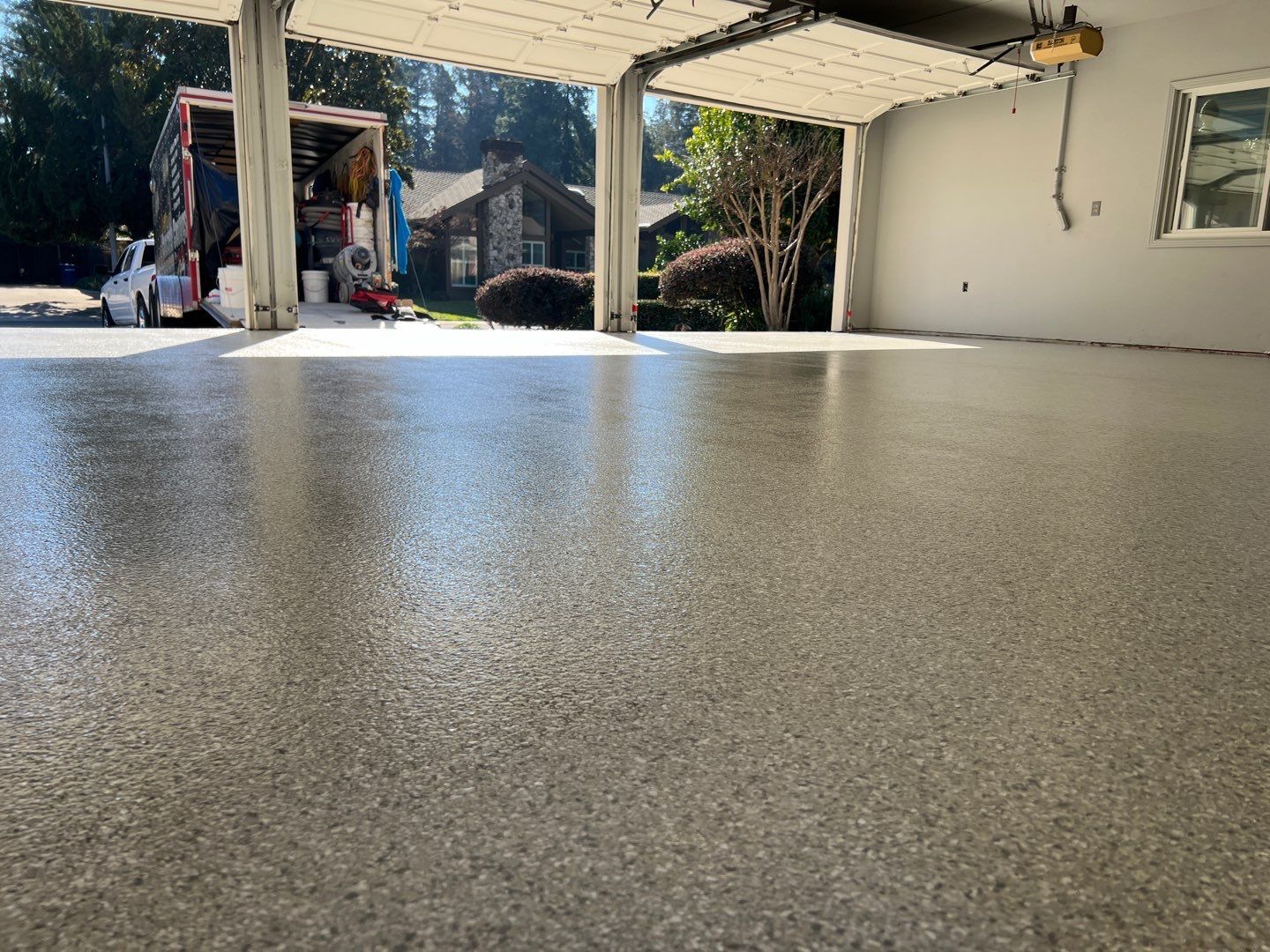If you’re like most folks, when you are ready to get a project rolling it can be easy to get tunnel vision and to just push full steam ahead until it’s done. An interior painting project is no different! This is largely due to the fact that painting is an exciting kind of project. Seeing the transformation from old to new, tired to fresh, classic to modern, or the other way around, never gets old for professional painters and novices alike. It is worth it, however, to make sure you take a little extra time to properly prepare the interior space being painted before your brush hits the sheetrock.
Preparing the Interior Space for Painting
 Before you focus on the walls, how about the room itself? If you watch a professional painting service at work, you’ll notice that they invest the time needed to kick any potential roadblocks out of the way. Furniture that can be removed should be, and if you can’t move it for any reason it’s a good idea to cover it with drop cloths. Fixtures should be taken down, including (and maybe especially) outlet covers.
Before you focus on the walls, how about the room itself? If you watch a professional painting service at work, you’ll notice that they invest the time needed to kick any potential roadblocks out of the way. Furniture that can be removed should be, and if you can’t move it for any reason it’s a good idea to cover it with drop cloths. Fixtures should be taken down, including (and maybe especially) outlet covers.
Painting tape is also a fantastic investment. Too often a home painter will try to impress their friends by cutting in or doing some fancy edging freehand. It works occasionally, but more often than not it’s wise to play it safe and tape around fixtures, moldings, or anything else that you can’t take down prior to painting. Just be sure to press the tape very firmly into place so that there are no weak spots where paint might seep through.
Getting Your Interior Surface Ready
 Now that the room is ready, it’s time to focus on those walls. They are, after all, the focal point of the project. First, it's wise to wipe them down with a damp cloth. This removes dust, debris, cobwebs, and really anything else that you don’t want to have permanently fossilized into your wall after you paint that first coat.
Now that the room is ready, it’s time to focus on those walls. They are, after all, the focal point of the project. First, it's wise to wipe them down with a damp cloth. This removes dust, debris, cobwebs, and really anything else that you don’t want to have permanently fossilized into your wall after you paint that first coat.
As you wipe the walls, keep an eye out for blemishes like cracks, dents, or pockmarks. Life happens in our homes, and oftentimes walls take more of a beating than we realize! Most of these dings and dents can be fixed with just a little spackle. Fill the spot with a puddy knife, smooth it, and allow it to dry. Then sand it lightly so that it will be invisible once the paint is applied. One important note to make is that regardless of whether you’re using primer over the whole wall, it is crucial to at least prime over the spot you spackled.
Need Some Professional Painting Help?
If you could use some professional help when it comes to your interior or exterior painting project and you live in the Turlock, Modesto, or Central Valley area, we hope you’ll give us a call! We offer a number of helpful services and would love to put our 24 years of painting experience to work for you.
